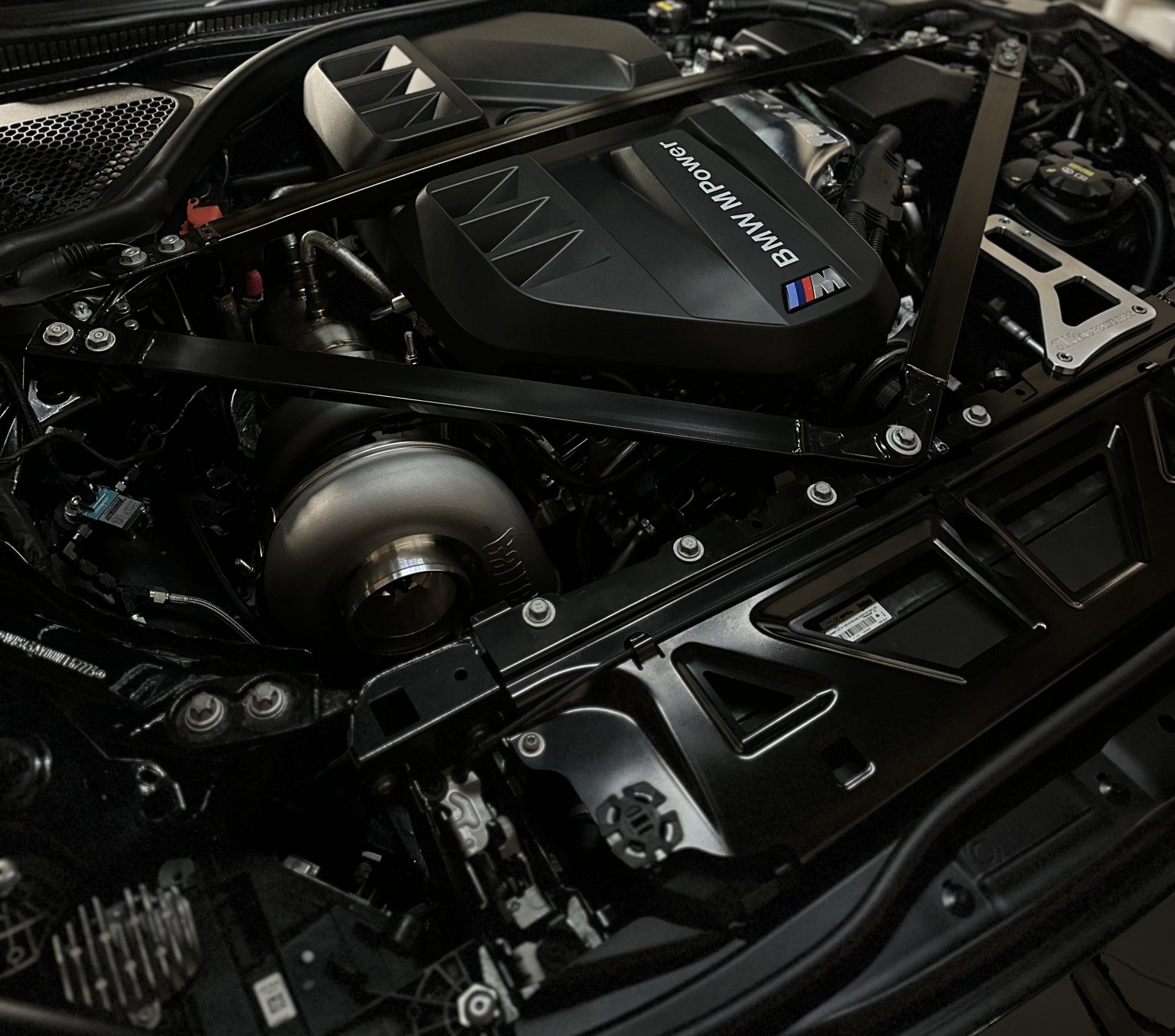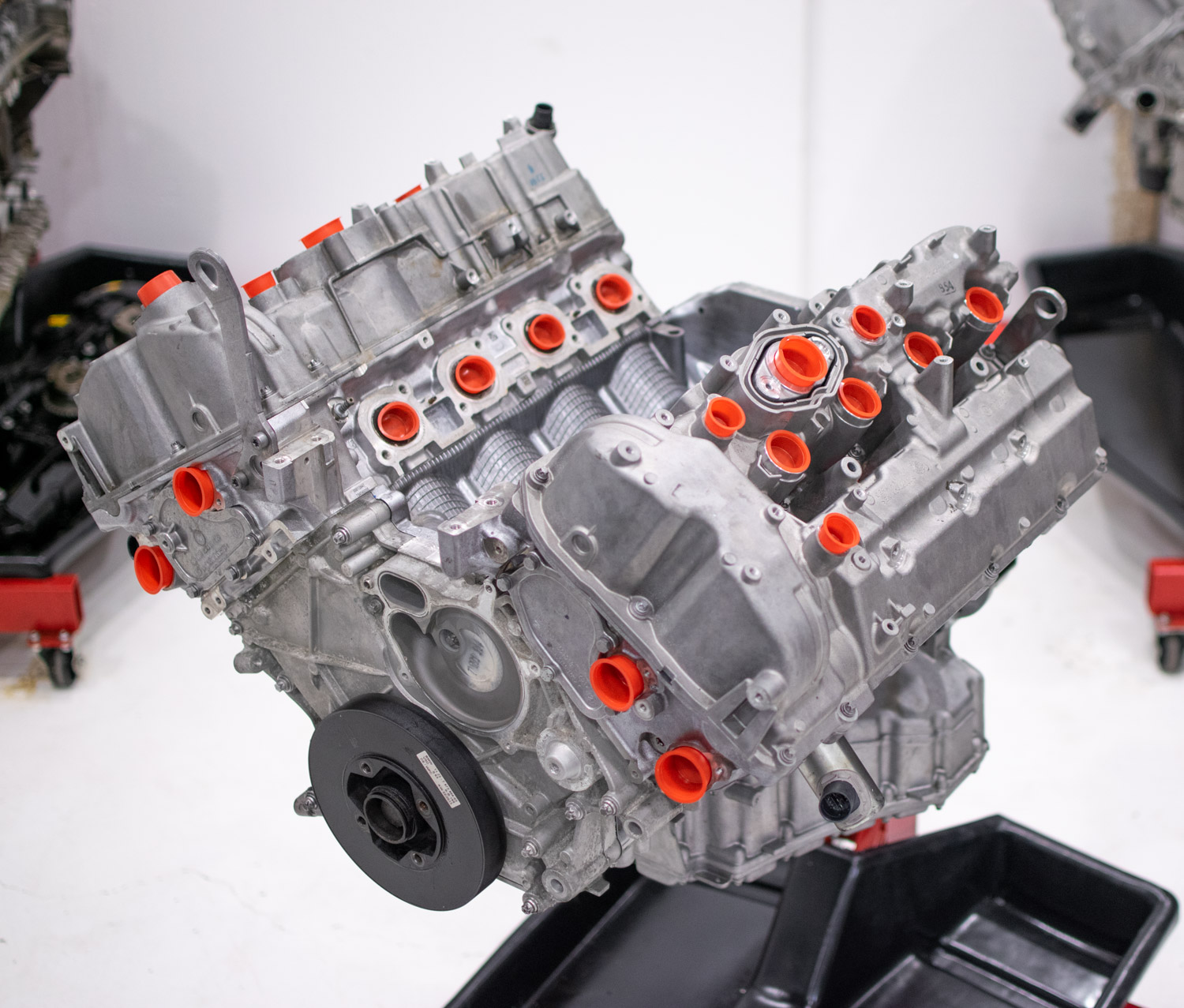Top 5 BMW Engine Technologies Transforming the Automotive Market
Top 5 BMW Engine Technologies Transforming the Automotive Market
Blog Article
Discovering the Development of Burning Engines in Modern Transportation Systems
As we browse the landscape of modern-day transportation, the advancement of burning engines stands as a testament to human ingenuity and engineering expertise. From their humble beginnings to the advanced giants thrusting automobiles today, burning engines have actually gone through an impressive trip of development and adjustment. Comprehending the details of this evolution not just clarifies the past yet likewise leads the way for envisioning what lies ahead in the realm of transportation modern technology. The interaction of history, technology, and ecological problems fit the trajectory of combustion engines creates a narrative that is both compelling and informative.
Early Beginnings of Combustion Engines
Just how did the idea of burning engines very first emerge in the early stages of transportation advancement? The origins of combustion engines can be mapped back to the 17th century when the concepts of inner burning were initial explored.
The innovation moment featured the development of the very first successful gasoline-powered engine by Karl Benz in 1885 - bmw engine. This engine paved the method for the advancement of the modern-day automobile, transforming transportation systems worldwide. Subsequent advancements by Nikolaus Otto and Gottlieb Daimler additionally fine-tuned combustion engine technology, leading to the automation of cars and the rapid development of the transport industry
These early combustion engines were characterized by their simpleness and efficiency, laying the structure for the complex and powerful engines made use of in modern transportation systems. The advancement of burning engines has actually contributed fit the method we travel and transport products, marking a considerable milestone in the background of transportation advancement.
Shift to Internal Combustion Innovation
The shift to interior combustion innovation noted a pivotal shift in the advancement of transport systems. This change started in the late 19th century, with creators like Nikolaus Otto and Gottlieb Daimler developing the very first successful interior burning engines. These engines reinvented transportation by supplying a more reliable and powerful alternative to steam engines and electric motors.
One of the essential advantages of internal burning engines was their capability to be scaled down to suit vehicles, resulting in the growth of vehicles and motorbikes. This shift from bulky, fixed engines to small, mobile ones led the way for the modern transportation systems we see today.
The change to internal combustion technology likewise stimulated developments in fuel modern technology, bring about the growth of gas and diesel as main gas resources for lorries. This shift not only made transport much more accessible to the masses but additionally laid the foundation for the oil and gas industry to end up being essential to international economies.
Influence of Combustion Engines on Transport
The adoption of combustion engines in transportation systems catalyzed a profound shift in the performance and rate of worldwide wheelchair. Combustion engines changed transportation by providing a versatile and trusted resource of power for different cars, including autos, ships, trucks, and planes. This innovation significantly boosted the capacity for goods and people to move over fars away in much shorter timespan, resulting in enhanced connectivity in between areas and countries.
Moreover, the widespread usage of combustion engines has actually had a significant effect on economic development. The ability to deliver products effectively has actually stimulated trade and commerce, enabling companies to broaden their markets and get to customers worldwide. This has helped with economic development and globalization, as products can now be moved faster and in larger quantities than ever.
Nevertheless, the ecological influence of combustion engines can not be neglected. The burning of fossil fuels has actually brought about air pollution and greenhouse gas emissions, contributing to climate change and posing check my reference health and wellness dangers to populations. bmw engine. As a result, there is an expanding focus on developing alternative propulsion modern technologies to reduce these negative impacts and develop a more lasting future for transport
Technologies in Combustion Engine Layout
Numerous advancements in burning engine layout have actually propelled the development of transport systems over the years. One notable innovation is the development of turbocharged engines, which use exhaust gases to drive a generator that presses inbound air, allowing for even more gas to be scorched, causing enhanced power result without a significant increase in engine dimension. Additionally, straight injection technology has improved gas performance and performance by specifically managing the quantity and timing of gas infused into the combustion chamber. Variable valve timing systems have likewise transformed engine style by maximizing airflow at different engine speeds, boosting both power and effectiveness. An additional substantial advancement is the combination of lightweight materials such as carbon fiber and aluminum alloys, lowering general engine weight and enhancing vehicle fuel economic climate. Moreover, advancements in computer-aided style have actually enabled engineers to enhance engine efficiency and performance through simulations before physical models are constructed, conserving time and sources in the advancement procedure. These innovations jointly add to the continuous renovation of burning engines in modern-day transport systems.
Future Patterns in Combustion Engine Growth
With technology developments you can try here driving continuous development, the future of burning engine growth is positioned to change transport systems worldwide. One of the crucial fads in combustion engine development is the press towards greater performance and minimized discharges.
One more noticeable pattern is the fostering of hybrid innovations in burning engines. Crossbreed engines integrate standard burning technology with electrical power, providing improved gas efficiency and lower emissions. As the automobile industry changes in the direction of electrification, hybrid burning engines are seen as a transitional service that links the space between conventional lorries and fully electrical ones.
Moreover, the integration of smart innovations, such as expert system and information analytics, is expected to play a significant role in the future of combustion engine growth. These technologies can maximize engine efficiency in real-time, bring about much more effective combustion processes and enhanced overall vehicle efficiency. Embracing these future fads will not only drive technology in combustion engine growth but likewise add to an extra environmentally pleasant and lasting transport ecosystem.

Verdict
In final thought, the advancement of burning engines in modern transportation systems has been marked by substantial innovations in modern technology and style. visit the website From the early starts of burning engines to the transition to inner burning technology, these engines have actually had a profound impact on transport.
The roots of burning engines can be mapped back to the 17th century when the principles of inner combustion were initial checked out. These engines transformed transport by using a more effective and effective alternative to heavy steam engines and electric motors.

Report this page